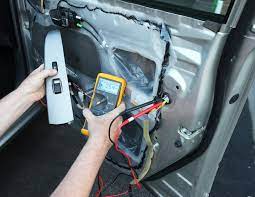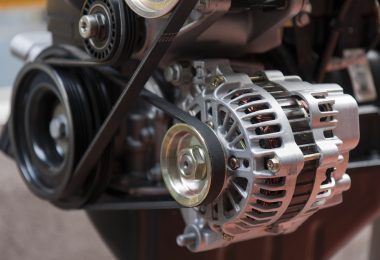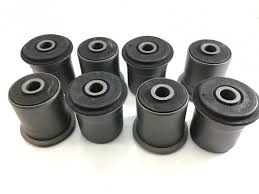Symptoms of blown piston ring is disastrous considering the role of piston. Piston is one vital part that plays a very important role in a car. Piston acts as a movable plug in the cylinder, forming the bottom part of the combustion chamber. There’s a gas-tight seal between the piston and the cylinder wall – so the only way for the hot combustion gases to expand is by forcing the piston down. It’s the same principle behind a cannonball, but instead of flying off into someone’s beloved pirate ship, the piston is pushed back up the cylinder by the rotating crankshaft and the cycle repeats itself. Read more: The Role of Internal Combustion Engine
Over sixty percent of the friction inside the engine comes from the motion of the piston assembly, and so this is a major area of focus for improving the efficiency of engines. Today there are so many factors that can be responsible for a piston to be blown or damage thereby causing problems to the engine. Each piston in your car’s engine is equipped with two separate compression rings toward the crown of the piston, and an oil control ring assembly toward the border. The rings ride within annular grooves in the piston. The compression rings contain the pressure of the expanding gases within the combustion chamber, helping to harness or fetch the power being generated while preventing blow-by gases from entering the crankcase. The oil control ring assembly scrapes excess oil from the cylinder walls ahead of the compression rings to prevent the oil from entering the combustion chamber. A failure in any of these rings will result in a loss of performance coupled with other problems and symptoms.
Broken Rings
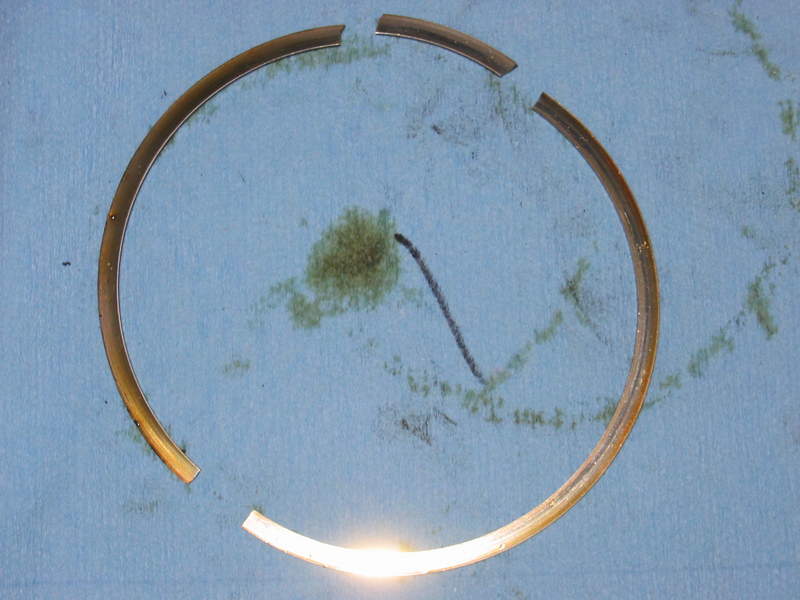
It is important to know that some factors could cause broken rings. However, if the rings are properly sized and fixed or installed during the time of coupling the engine, any failure in the rings are most likely caused by another mechanical problem. When an engine becomes overheated, the piston will expand, thereby reducing the piston to cylinder clearance. This reduction can cause a metal to transfer from the piston to the cylinder wall, which is known as Galling. At this juncture, the transferred aluminum can be build up on the cylinder wall and cause the top compression rings to leak or break. Oil control rings can break if there is excessive piston to cylinder clearance allowing too much slap to occur. The skirt of the piston, and the cylinder wall itself can be damaged and this damage can in turn wipe out the oil control ring assembly.
Broken Compression Rings

Whenever there is a broken compression rings the effect of it is immediately and clearly shown. You will notice a form of loss of performance, rough idle and possibly a dead miss in the affected cylinder. Lack of containment of the combustion gases will cause blow- by gases to enter the crankcase and exit through the positive crankcase ventilation system. The positive crankcase ventilation valve will most likely be located on a valve cover. Disconnect the breather tube from positive crankcase ventilation, and if you notice a stronger and smoky discharge from the valve, then chances are good that compression rings are broken. Besides the obvious performance problems, other problems can develop over time. For example, a diesel engine that runs high –sulfur fuel, such in farm or marine applications, can be severely damaged by a compression leak. Partially burned fuel blows by the rings, and the sulfur in the fuel mixes with water traces in the oil, and combines to form sulfuric acid, which will damage the internal components of the engine. In gasoline engines, the fuel acts as a solvent that thins the oil and prevents it from properly protecting the internals. Read more: Common Mistake That Can Blow Off Car Brain Box
Broken Oil Control Ring
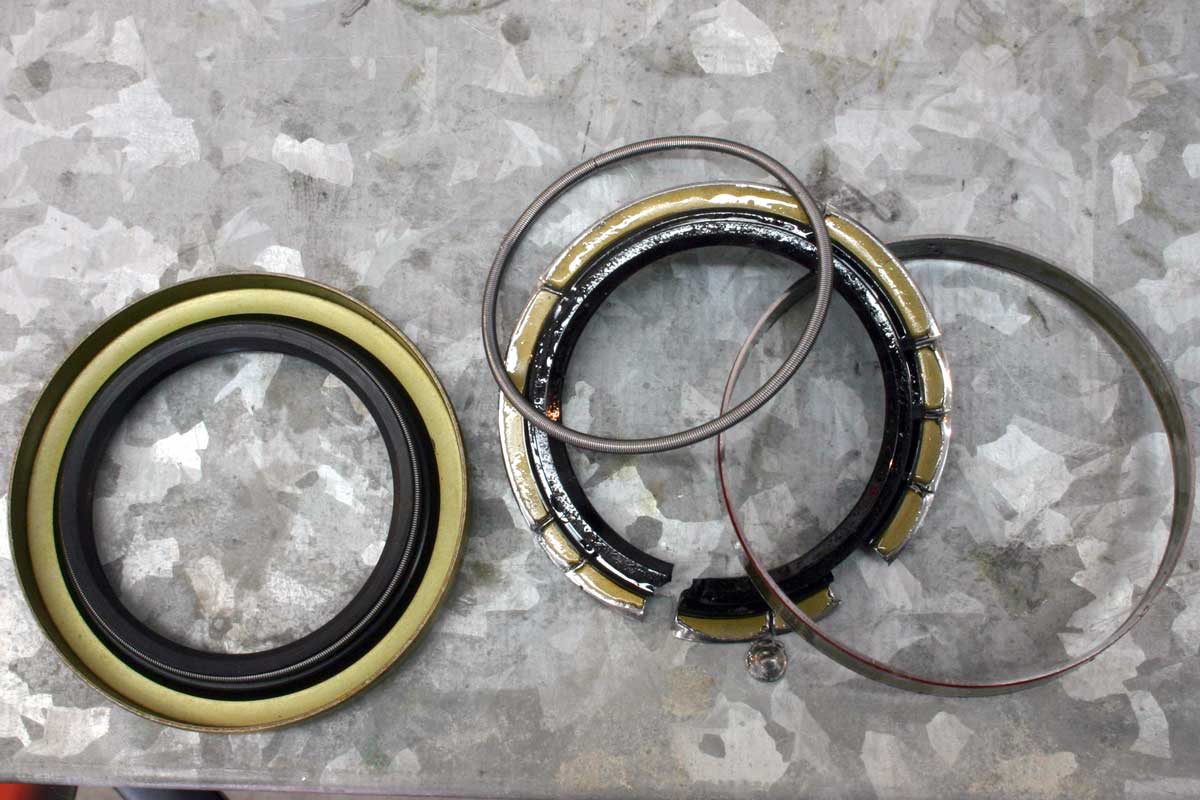
When there is a broken oil control ring in the assembly, the obviousness of it will be shown by the quality of the exhaust. The exhaust will turn blue and have a decidedly oily smell to it. The exhaust will emit a puff of blue smoke per revolution for the bad cylinder, and normal looking exhaust for the good cylinders. This staccato puff makes it easy to diagnose visually. Other symptoms include oil loss in the absence of leaks, and oil fouling on the spark plug of the affected cylinder.
Mechanical Error
Irrespective of the fact that some piston can be damage by blown gases, inadequate lubrication and free hydrocarbon in the oil can damage piston; there may be presence of mechanical error. This mechanical error makes the ends of the rings scratch the cylinder wall, thereby preventing walls and worsening the symptoms. The rings grooves in the piston can be damaged, and since the cylinder walls and rings are both harder the aluminum piston. The piston itself can be damaged or partially broken, leading to even greater damage. Note that broken pieces can likely cause problem in the bottom of the crankcase, possibly causing more damage, you should repair broken rings properly to avoid mechanical damages in a car. Blown piston has actually been discussed for the benefit of maintaining our car. Therefore, the symptoms has been disclosed on this article for us to look out in other to avoid further damages in our car. Read more: 10 Basic Car Repairs Everyone Should Know


